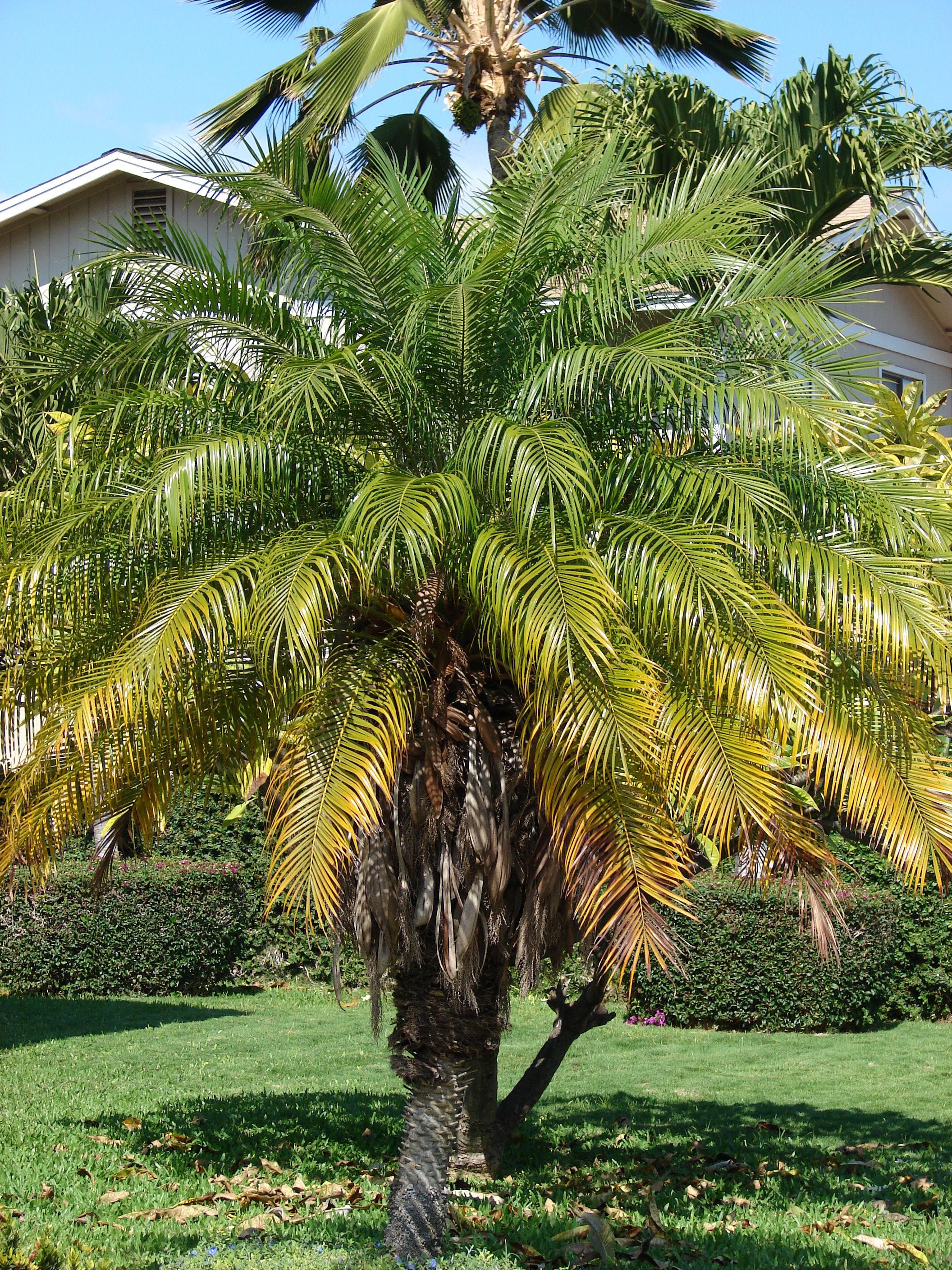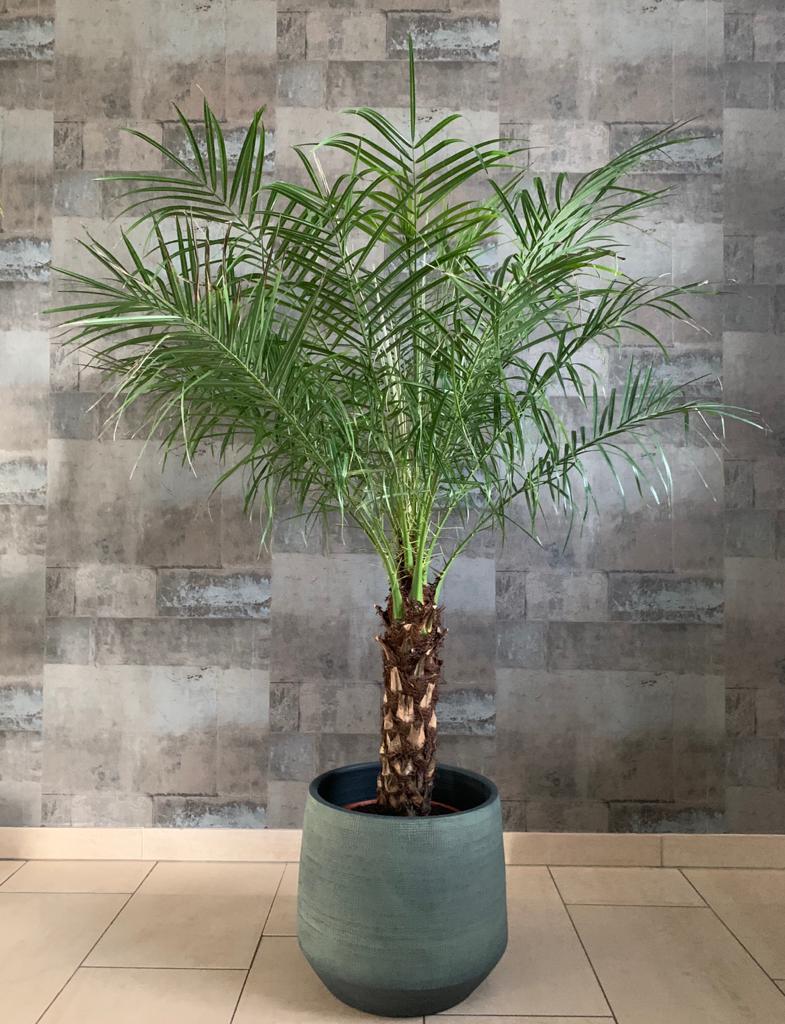Alright, let’s talk about the pygmy date palm, scientifically known as Phoenix roebelenii. You might have seen these little guys around – they’re pretty popular in gardens and even indoors. We’re going to dive deep into what makes them tick, how to care for them, and why they’re such a hit. Buckle up; we’ve got a good bit to cover!
What Exactly is a Pygmy Date Palm?
So, the Phoenix roebelenii is a small palm tree. When I say small, I mean it. Compared to its towering cousins that produce those delicious dates you find in the shops, this one usually maxes out at around 6 to 12 feet tall. That’s a manageable size for most gardens and even large pots indoors.
It’s native to Southeast Asia, specifically areas around Laos, Vietnam, and southern China. This gives us a clue about the kind of climate it likes – warm and a bit humid.

One of the things that makes it so popular is its elegant look. It has a slender trunk, often with multiple stems growing from the base, and a crown of feathery, arching leaves. These leaves are a beautiful deep green and can add a real tropical feel to any space.
Why All the Fuss About Pygmy Date Palms?
There are a few reasons why these palms are so well-loved:
They’re Adaptable

These palms are pretty tough cookies. They can handle a range of conditions, from full sun to partial shade. This makes them versatile for different spots in your garden or even indoors if you have enough light.
They’re Low Maintenance
Once established, they don’t need a whole lot of fussing over. They’re relatively drought-tolerant, although they do appreciate regular watering, especially when they’re young.
They Look Great

Let’s be honest, they’re just beautiful plants. Their graceful fronds and compact size make them a fantastic addition to patios, borders, or even as a standalone feature. They bring a touch of the exotic without being overwhelming.
They’re Relatively Pest-Free
While no plant is entirely immune, pygmy date palms aren’t particularly prone to serious pest problems. This makes them a less stressful option compared to some other ornamentals.
Growing Your Own Pygmy Date Palm
Thinking of getting one of these for yourself? Here’s a rundown of what they like:
Light
As mentioned, they’re pretty adaptable. They’ll do best in full sun, which means at least 6 hours of direct sunlight per day. However, they can also tolerate partial shade, especially in hotter climates where intense afternoon sun might scorch their leaves. If you’re keeping one indoors, aim for a spot near a south-facing window where it can get plenty of bright, indirect light.
Soil
They’re not too picky about soil, but they do prefer well-draining soil. This is crucial because soggy roots can lead to root rot, which is bad news for any plant. A good quality potting mix amended with some perlite or sand will do the trick for potted plants. If you’re planting it in the ground, make sure the area doesn’t stay waterlogged after rain.
Watering
When they’re young and getting established, regular watering is important. Keep the soil consistently moist but not waterlogged. Once they mature, they become more drought-tolerant. In general, water deeply when the top inch or two of soil feels dry to the touch. Reduce watering during the winter months when the plant’s growth slows down. Overwatering is a more common problem than underwatering, so err on the side of slightly drier soil if you’re unsure.
Temperature and Humidity
Being from a warm, tropical region, they appreciate warm temperatures. They can generally handle temperatures down to around 20°F (-7°C) for short periods, but they’re happiest in temperatures between 65°F and 80°F (18°C and 27°C). They also appreciate moderate to high humidity. If your indoor air is particularly dry, especially during winter when heating is on, you might want to consider using a humidifier or placing the pot on a pebble tray with water to increase the humidity around the plant.
Fertilizing
Pygmy date palms aren’t heavy feeders, but they will benefit from occasional fertilization, especially during the growing season (spring and summer). Use a balanced palm fertilizer according to the manufacturer’s instructions. Usually, feeding once or twice during the growing season is sufficient. Avoid over-fertilizing, as this can damage the plant.
Pruning
These palms don’t require a lot of pruning. The main reason you’d prune is to remove any dead or yellowing fronds. Simply cut them off close to the trunk with clean, sharp pruning shears. Be careful not to damage the healthy trunk or other fronds.
Potential Problems
While generally low-maintenance, there are a few things to watch out for:
Root Rot
As mentioned earlier, this is usually caused by overwatering and poor drainage. Symptoms include yellowing or wilting leaves and a mushy base. Prevention is key – ensure well-draining soil and don’t overwater.
Nutrient Deficiencies
Sometimes, the leaves might turn yellow or show other discoloration due to a lack of certain nutrients, particularly manganese or potassium. Using a balanced palm fertilizer should help prevent this.
Pests
While not common, they can occasionally be bothered by scale insects or spider mites. Keep an eye out for small bumps on the leaves or fine webbing. If you spot them, you can try wiping them off with a damp cloth or using insecticidal soap.
Indoor Care Tips
If you’re growing a pygmy date palm indoors, here are a few extra things to keep in mind:
Light is Key
Make sure it gets enough bright, indirect light. A south-facing window with a sheer curtain to diffuse the direct sun is usually ideal. If you don’t have enough natural light, you might need to supplement with a grow light.
Humidity Matters
Indoor air can be dry, so increasing humidity will make your palm happier. You can do this by using a humidifier, a pebble tray with water, or by misting the leaves occasionally.
Rotate the Plant
To ensure even growth, rotate your palm every few months so all sides get equal exposure to light.
Give it Space
As it grows, make sure it has enough room in its pot. You’ll need to repot it every couple of years into a slightly larger container with fresh potting mix.
Why Choose a Pygmy Date Palm?
To wrap things up, the pygmy date palm is a fantastic choice for anyone looking to add a touch of tropical elegance to their indoor or outdoor space without the hassle of a high-maintenance plant. Its graceful appearance, adaptability, and relatively small size make it a winner for both experienced gardeners and beginners alike. Whether you’re looking to create a lush patio display or bring some greenery into your living room, the Phoenix roebelenii is definitely worth considering.
Frequently Asked Questions
How fast does a pygmy date palm grow?
Pygmy date palms are slow to moderate growers. You can expect them to grow a few inches to a foot per year, depending on the conditions. This slow growth rate is part of what makes them suitable for smaller spaces and indoor cultivation.
Are pygmy date palms messy?
They are generally not considered messy. They will occasionally drop old fronds as new ones emerge, but this is a natural process and the amount of debris is usually minimal compared to some other trees. They also produce small, inedible fruits, but these are usually not produced in large quantities indoors and are not particularly messy outdoors.
Can pygmy date palms tolerate cold weather?
While they can tolerate short periods of temperatures down to around 20°F (-7°C), they are not frost-hardy. Prolonged exposure to freezing temperatures will damage or kill them. If you live in an area with cold winters, it’s best to grow them in containers that can be brought indoors during the colder months.
Are pygmy date palms poisonous to pets?
No, pygmy date palms are generally considered non-toxic to cats and dogs. This makes them a safe choice for households with furry friends. However, it’s always a good idea to prevent pets from chewing on any houseplants, as it could cause mild digestive upset.
How long do pygmy date palms live?
With proper care, pygmy date palms can live for several decades, both indoors and outdoors. Their lifespan depends on factors like climate, soil conditions, and overall maintenance. Providing them with the right environment will help them thrive for many years to come.
